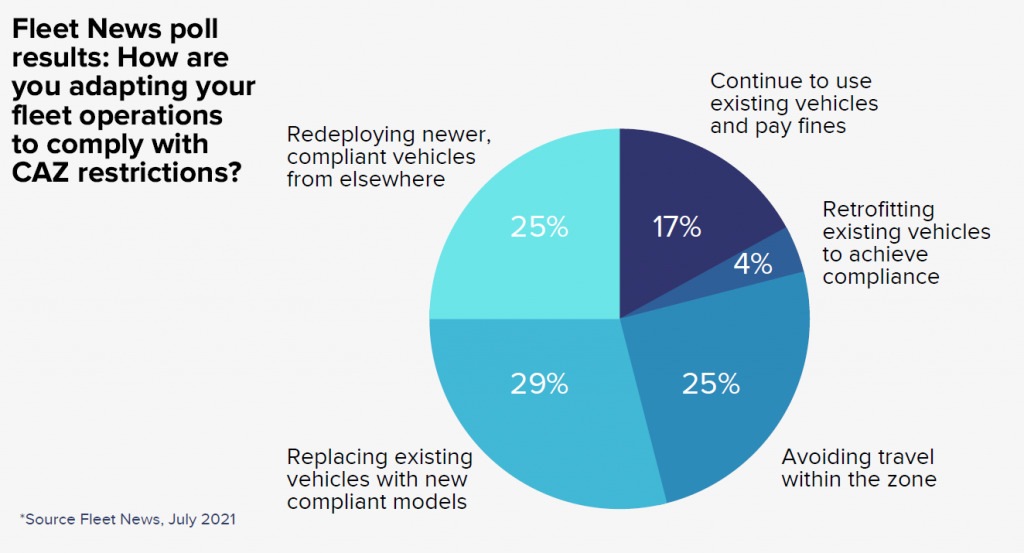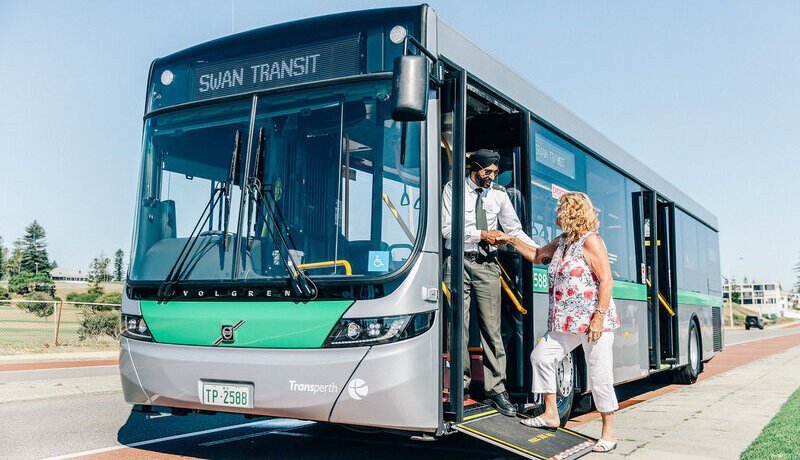Fleet Safety: A Key Topic Fleet and Mobility Live in 2022

Fleet and Mobility Live is now in its seventh year, proving to be one of Europe’s more coveted transportation events. And since 2015, much about the transport industry and fleet safety has evolved. For example, we’re fully in the throes of the transition to electric vehicles and everything that goes with transforming fossil fuel fleets into EV fleets. Initiatives like CAZ directly influence fleets and where they can go, alongside other important considerations.
But as we look to Fleet and Mobility Live 2022, what are the most pressing topics that will be explored? While there are many issues worth delving into, we foresee two critical topics that will get the most attention: EVs and safety telematics, both of which we’ll explore a little deeper below.
Transitioning to electric vehicles: what does it all mean?
CAZ guidance was officially published in January of 2020, and since then, it’s created a fair amount of complexity for organizations with fleets. In particular, the impact entering a clean air zone has on a business.
Check and pay charges, exemptions, refunds and minimum emission standards add to the already delicate balance of managing fleet efficiency. Take the ‘check-and-pay-charge’ rule. Fleet managers must be aware of where drivers will travel and if they will enter a clean air zone. If they do, the charge must be settled by 11:59pm on the sixth day after driving into the zone, or their organization will be liable for a penalty charge notice.
Types of clean air zones and emission standards are just as intricate. Designated by class and vehicle types, it’s especially important to note where you can and cannot send various types of fleet vehicles, and what clean air zone minimum emission standard applies to vehicles on the road.
Complexity aside, EVs, while promising, are currently not as widely adopted. Fleet and Mobility Live’s report shows that more respondents are very keen on transforming their fleets to EVs, however, concerns over battery range and charging options linger.
When asked how their businesses are adapting to fleet operations to comply with CAZ restrictions, poll results show:
- 29% are replacing existing vehicles with new compliant models
- 25% and redeploying newer, compliant vehicles from elsewhere
- 25% avoid clean air zone altogether
- 17% continue to pay fines for non compliant vehicles using clear air zones
- 4% have retrofitted vehicles to achieve compliance

Source: Fleet and Mobility Live
Big questions in 2022:
- Will penalties evolve or become harsher as we get closer to the EV ban in 2030, especially for those willing to simply pay them to continue business as usual?
- What new technologies are available to make the transition to compliant vehicles more affordable?
- Is there a feasible solution to the charging challenge facing fleets?
Can we achieve fleet safety with intelligent transport and mobility solutions?
Driver safety is inextricably linked to driver behavior. At GreenRoad, we’ve long understood the importance of the driver, and we’ve seen how transformative the right technology and interventions can be for drivers and the companies they serve.
This ideology is rooted in the direct impact the state of mind driver has while on the road. But there are additional factors that play a role in creating safer driving experiences, and distractions are common.
Less responsive drivers are likely to perform more dangerous driving maneuvers that equate to more wear and tear on tyres and braking systems. They are also more likely to use more fuel as they travel faster.
Solutions like our safety platform provide an AI-based, real-time driver-coaching and gamification approach that empowers drivers through positive psychological triggers. Drivers are able to improve their behavior on the road, creating safer experiences for all around them. But we’re especially interested to see how the telematics industry is rising up to the challenge of leveraging data to create safer drivers.
Big questions in 2022:
- What fleet safety programs are fleet management leaders leveraging to positively influence driver behavior, especially in the case of distractions?
- What other forms of intelligent transport and mobility solutions are available to improve fleet safety?
Looking forward
As we prepare for this year’s event, there’s a consensus about the need for more technological innovation and a greater sense of urgency about it. The EV 2030 ban is a few years away, and while going electric is an exciting and greener alternative to fossil fuel, it will introduce a fair amount of challenge when adopted. Everything from the way drivers drive to the amount of technology at their disposal, and that of fleet managers, will increase. Advancements will require training, and possibly new certifications for a new generation of fleet professionals.





